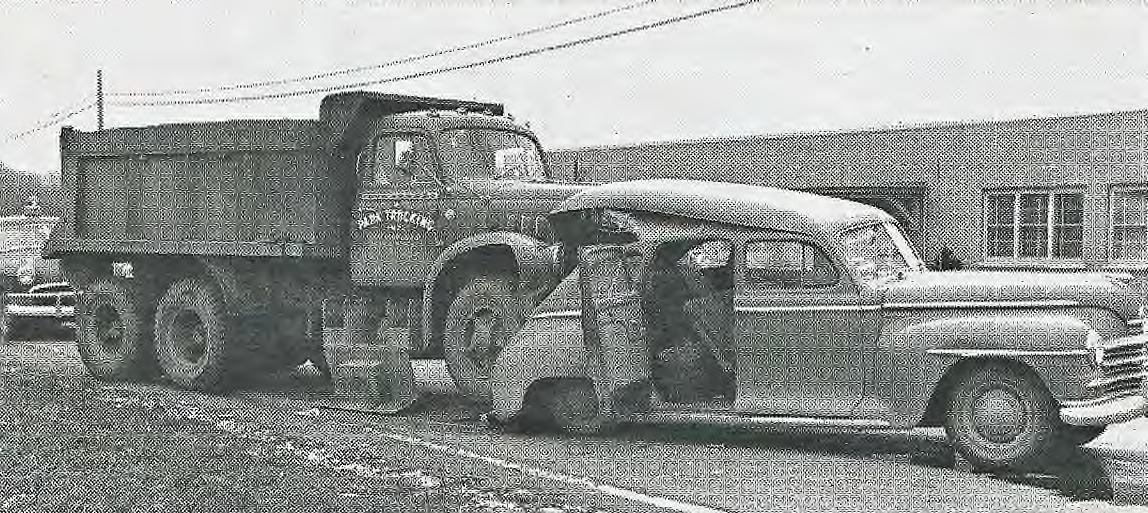
1 minute read
The Albion (Albion Motor Car Company - Glasgow
HE LBION
ALBION MOTOR CAR COMPANY LTD – SCOTSTOUN GLASGOW
Albion was founded at the end of 1899 by T. Blackwood Murray and Norman Fulton, late of Arrol-Johnston and their early products were dogcarts with varnished-wood bodywork much in the Arrol-Johnson idiom, with 2-cylinder opposed-piston underfloor engines, low tension magneto ignition, and Murray’s patent governor. Wheel steering replaced the tiller in 1902, and a year later Albion began production of a 16hp vertical-twin which was made for many years, usually with solid tyre, and often with shootingbrake bodywork. ‘Cars for country houses’, especially Scottish ones, were a speciality of the house, though rather less rustic was a side-valve 5.6 litre chain-driven four introduced in 1906. This 24hp model had a seven year production run.

1906 Albion The last Albion passenger car was a 15hp Monobloc four with side valves in a T-head and worm drive, which sold for £475 in 1912. At the end of 1913 Albion elected to concentrate on commercial brakes, though large shooting brakes using the 15hp engine continued to be made.
Shooting brake is a car body style which originated in the 1890s as a horse-drawn wagon used to transport shooting parties with their equipment and game. The first automotive shooting brakes were manufactured in the early 1900s in the United Kingdom. The vehicle style became popular in England during the 1920s and 1930s. They were produced by vehicle manufacturers or as conversions by coachbuilders. The term was used in Britain interchangeably with estate car from the 1930s but has not been in general use for many years and has been more or less superseded by the latter term. The term has evolved to describe cars combining elements of both station wagon and coupé body styles, with or without reference to the historical usage for shooting parties.










